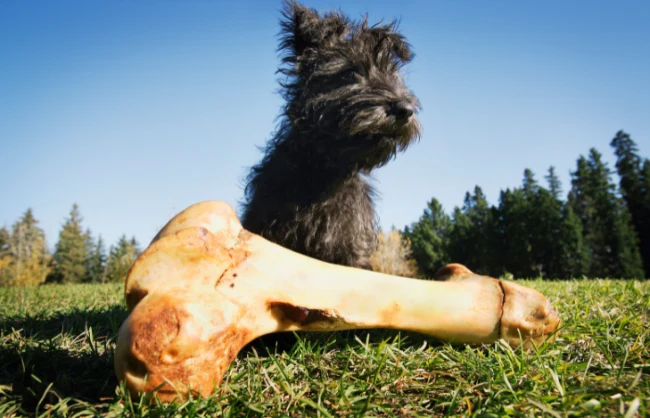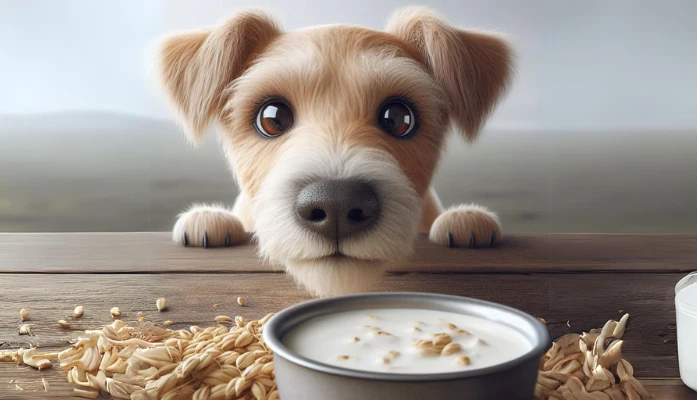Ah, the classic image: a dog with a bone, gnawing away with delight in a sunny backyard. It’s as iconic as Lassie saving the day or Hachiko’s unwavering loyalty. But in our modern age, with an abundance of food options and treat varieties, should we really be giving our dogs real bones?
Is it a throwback to our pet’s wild ancestry or our latent refusal to accept how much we, as a species, have changed these pooches over the last millennia? After all, these days we have Milk Bones, Snausages, Beggin Strips, and even treats that allegedly help with their dental health. Of course, when in doubt, you can always make your own dog treats!
Let’s dig into the nitty-gritty (or should we say, the meaty-chewy) of this age-old debate.
Bone Benefits: Why Some Advocates Say 'Yes!'
- Dental Health: Chewing on bones can help remove tartar and plaque, promoting better dental health. That means fewer expensive trips to the canine dentist!
- Nutrition: Bones, especially marrow-filled ones, can be a source of essential nutrients like calcium, phosphorus, and trace minerals.
- Mental Stimulation: Gnawing on a bone can keep Fido entertained for hours, providing both physical and mental stimulation.
The Flip Side: Bone Bewares
- Splintering Risk: Cooked bones, especially poultry and pork, can splinter easily, posing a choking hazard or causing internal injuries.
- Broken Teeth: Hard bones, like beef or buffalo shank bones, might be too tough for some dogs, leading to cracked or broken teeth.
- Digestive Disturbances: Bone fragments can lead to blockages or constipation. In some cases, sharp fragments can even puncture the digestive tract.
Bones to Binge On: The Safe Choices
- Raw Knuckle Bones: These are soft and pliable, making them a safer choice for chewing. They’re also less likely to splinter.
- Raw Larger Femur or Hip Bones: For larger dogs, these bones can provide hours of gnawing fun without the risk of ingestion.
Bones to Banish: The Risky Roster
- Cooked Bones of Any Kind: Cooking changes the texture of bones, making them more prone to splintering. Think about it… wolves and coyotes have never cooked the bones they’ve enjoyed!
-
- Small, Brittle Bones: Think poultry bones or ribs, which can be easily swallowed whole or splinter into sharp pieces.
- Bones with Added Flavors or Seasoning: These can lead to upset stomachs (and clean-up for you) or even toxic reactions in some dogs.
The decision to give your dog a bone is, at its heart, a personal one.
Just like Napoleon, weighing out the strategic risks and benefits for his four-legged friend, modern dog owners must also consider their pet’s individual health, chewing habits, and size.
More To Discover
When in doubt, always consult with your veterinarian, and always supervise your dog when they’re enjoying a good chew.
After all, while our canine companions might not conquer empires, they surely conquer our hearts – and that’s worth all the careful consideration in the world!
























